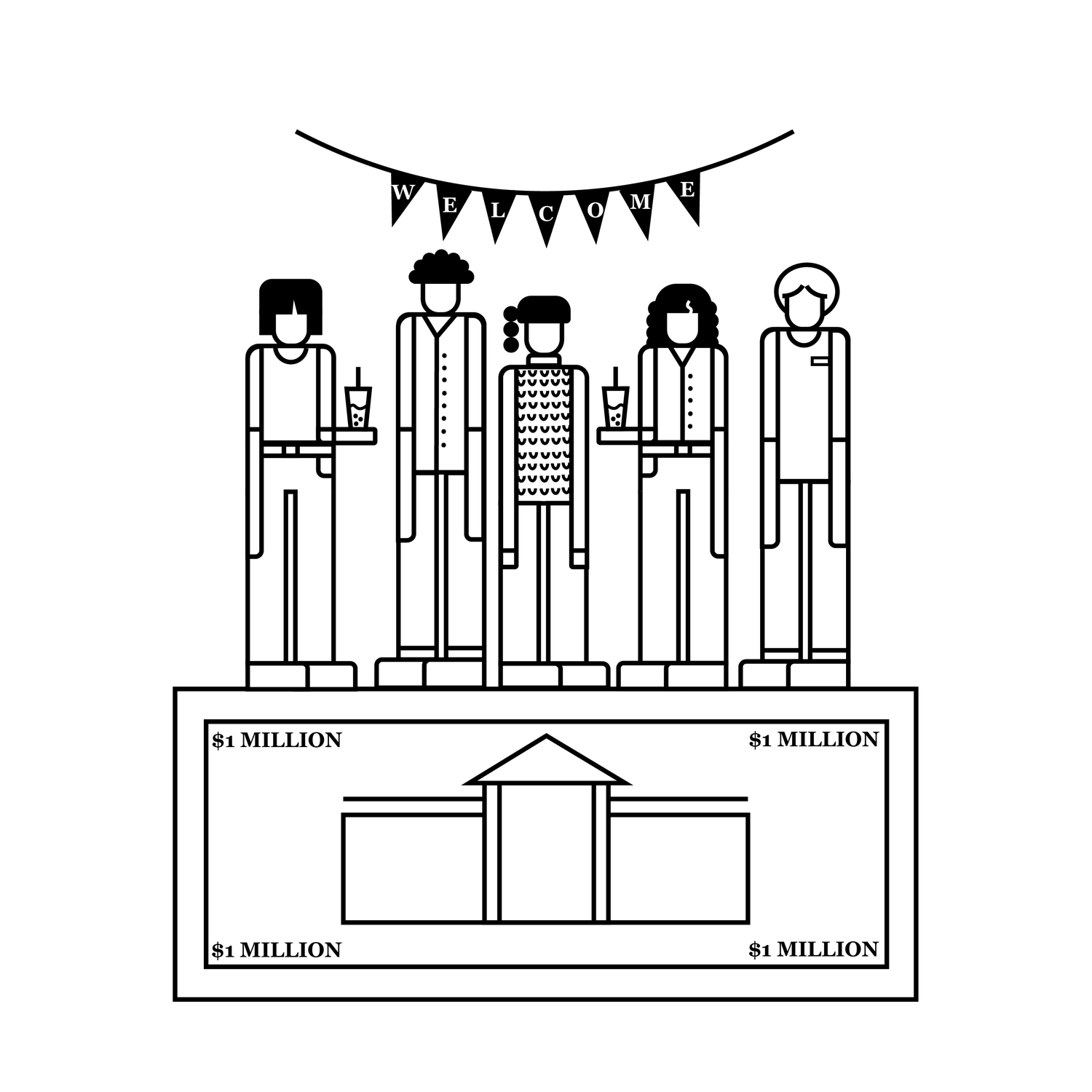
News
Summers Will Not Finish Semester of Teaching as Harvard Investigates Epstein Ties

News
Harvard College Students Report Favoring Divestment from Israel in HUA Survey

News
‘He Should Resign’: Harvard Undergrads Take Hard Line Against Summers Over Epstein Scandal

News
Harvard To Launch New Investigation Into Epstein’s Ties to Summers, Other University Affiliates

News
Harvard Students To Vote on Divestment From Israel in Inaugural HUA Election Survey
The Million Dollar Question
How much does it cost to create vibrant student life at Harvard? It seems the answer to this million-dollar question is, well, $1 million.
This fall, student organizations collectively requested over $1 million from the Harvard Undergraduate Association to sustain their operations — a sum nearly double that from previous years. In response to this surge, the HUA is requesting $625,250 in funding from the Dean of Students Office, marking a significant increase from last year’s allotted budget of $550,000.
While the seven-figure request from student organizations is eye-popping for those of us without endowment-sized wallets, we find it a reasonable sum for Harvard to spend on clubs given their importance to the undergraduate experience.
Student organizations are the beating heart of Harvard student life. Amid an avalanche of Canvas notifications, problem sets, and endless pages of Hegel, these organizations provide a welcome respite and constant opportunities to build meaningful relationships with like-minded peers. From recreational to pre-professional groups, our kaleidoscope of clubs both reflects and fuels the vast variety of interests found here. Cultural Rhythms — a showcase of dazzling performances and delectable cuisines from a myriad of student affinity groups — is just one poignant example of the community-enriching power of our undergraduate organizations.
The centrality of clubs to the campus cosmos lays bare the necessity of the Student Activities Fee, the optional annual $200 undergraduate contribution. However, despite a meteoric increase in club funding requests, student willingness to support these activities by paying the fee has dwindled in recent years.
As we’ve opined before, there’s a simple solution to this problem: Harvard should make the SAF mandatory and covered by financial aid. In doing so, however, Harvard must also recognize that students on full financial aid who choose to waive the fee receive $200 in the form of a refund, which can serve as a crucial financial supplement throughout the year.
If, as we hope, Harvard does rectify the opt-in nature of the SAF, they should also develop an alternative to the $200 refund to support upperclassmen on full aid; all first-year students who attend cost-free currently have access to $2,000 each to help them transition into college.
In the meantime, those who can pay the fee should do so. Clubs are a public good and we ought to treat them that way.
Clubs shouldn’t feel discouraged from continuing to ask Harvard for money. Despite the uptick in club funding applications, we do not support any form of austerity measures, such as a policy forcing clubs to reduce their budgets to comply with an illusory funding ceiling. Such “solutions” are fundamentally detrimental to student culture, and any speculation that clubs are asking for excess money should not take precedence over the legitimate need for funding by clubs to sponsor activities that enrich student life at Harvard.
This is not to say there shouldn’t be any monitoring; we support the enforcement of an auditing process to ensure that club funds are being used for legitimate purposes, thereby reducing the likelihood of any future corgis and cash conundrums. The function of vetting these requests, however, should be to check that funds are being put to the stated use rather than to trim expenses for the HUA.
We hope the DSO will provide the funds that the HUA has asked for. But regardless of the outcome, student organizations should continue to ask for as much funding as they see fit — even to the tune of $1 million dollars — to ensure a vibrant and rewarding college experience for all.
This staff editorial solely represents the majority view of The Crimson Editorial Board. It is the product of discussions at regular Editorial Board meetings. In order to ensure the impartiality of our journalism, Crimson editors who choose to opine and vote at these meetings are not involved in the reporting of articles on similar topics.
Want to keep up with breaking news? Subscribe to our email newsletter.

